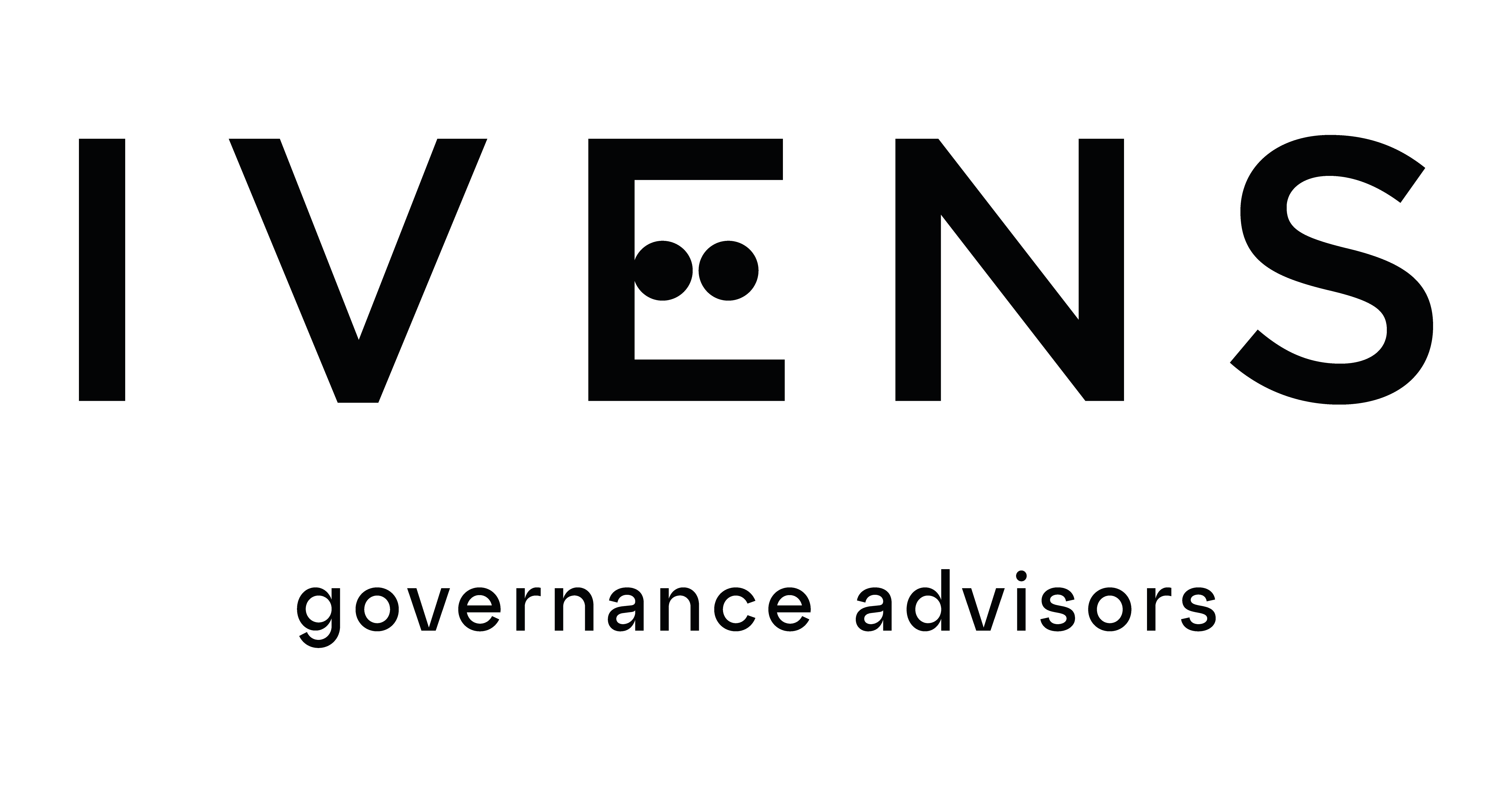Fit and Proper: A Pillar of Trust in the Corporate Governance of Financial Institutions
The credibility and sustainability of the financial sector largely depend on the quality of the individuals who lead it. In this context, the concept of Fit and Proper emerges as a key mechanism for assessing the integrity and competence of members of the governing bodies of financial institutions.
Rooted in European regulatory frameworks, this concept serves as a Corporate Governance tool designed to strengthen financial system stability by preventing risks linked to poor management and conflicts of interest.
Origin and Evolution of the Fit and Proper Concept
The Fit and Proper concept was formally reinforced by Directive 2013/36/EU, approved by the European Parliament and the Council in response to the 2008 financial crisis. This directive outlines qualitative criteria for assessing the members of management and supervisory bodies of credit institutions and investment firms.
The "Fit" dimension refers to technical qualifications, including academic background, professional experience, and the capacity to carry out the responsibilities of the role.
The "Proper" dimension relates to integrity, ethical conduct, and personal independence — ensuring that board members act free from conflicts of interest.
Why Fit and Proper Matters
The need to assess the fitness and propriety of board members arose from serious governance failures in financial institutions, where risky practices and misaligned remuneration policies contributed to global financial instability. The Fit and Proper framework aims to:
• Promote a culture of prudent and responsible management;
• Strengthen institutional resilience against financial risks;
• Protect stakeholder interests, especially depositors;
• Prevent the recurrence of behaviours that trigger systemic crises.
Who Assesses and How?
The evaluation process involves three main actors:
1. The financial institution itself, which is responsible for conducting the initial due diligence on candidates;
2. The national supervisory authority (e.g., Banco de Portugal);
3. The European Central Bank (in cases where it holds supervisory authority).
Candidates must complete a comprehensive suitability questionnaire, answering — under a declaration of honour — questions regarding:
• Involvement in legal proceedings (including ongoing cases);
• Past interactions with regulators and authorities;
• Situations of bankruptcy, insolvency, or default;
• Suspicions of money laundering or terrorism financing;
• Inclusion on lists of doubtful debtors.
Even where negative answers are given, the institution must justify why it considers the candidate suitable.
Assessment Criteria
The evaluation of a board member involves cumulative criteria:
• Personal integrity: no criminal record or questionable conduct;
• Qualifications and professional experience: appropriate academic and practical background;
• Independence: no ties compromising decision-making objectivity;
• Availability: sufficient time to responsibly fulfil duties.
Regarding independence, evaluators assess professional or family relationships with the institution, shareholders, or other board members, as well as previous roles that could pose potential conflicts.
Board Collective Suitability
In addition to individual assessments, regulators require financial institutions to evaluate the collective suitability of their management and supervisory bodies. This includes:
• A diversity of competencies covering areas such as audit, risk management, IT, finance, ESG, and others;
• Representation of different genders, age groups, and backgrounds, enhancing the range of perspectives and quality of decision-making.
This collective focus reinforces shared responsibility in supervision and strategic decision-making, and is closely aligned with international Corporate Governance best practices.
Ongoing Training Requirements
Board member suitability is not a static status but a continuous process. Institutions must ensure ongoing training to keep board members updated on developments in the financial sector, regulatory changes, and emerging risks (e.g., cybersecurity, AI, sustainable finance).
A lack of investment in training may be viewed by regulators as a governance failure — particularly in fast-evolving areas. Continuous learning supports informed and prudent decision-making, a core pillar of the Fit and Proper framework.
Link with the Internal Governance Framework
Fit and Proper is closely linked to the institution’s internal governance model. Institutions must have a formal policy for the nomination and evaluation of board members, approved and subject to audit.
This policy should be integrated with other control pillars, such as ICAAP/ILAAP, conflict of interest management, remuneration policies, and the three lines of defence model.
In many organisations, the Nominations Committee assumes this responsibility, actively scrutinising appointments and conducting regular assessments.
This integration between Fit and Proper and internal governance ensures alignment between leadership, risk, and compliance.
Integration with ESG and Sustainability
The Fit and Proper concept continues to evolve in line with the growing importance of sustainability and corporate responsibility.
Regulators increasingly expect boards to possess ESG competencies and to make decisions that align financial performance with environmental and social impact.
Knowledge of climate risks, green finance, CSRD/SFDR reporting requirements, and environmental fiduciary duties is becoming ever more valued in the evaluation process.
This evolution reinforces the role of Fit and Proper as a tool for ethical and strategic accountability in a sector undergoing rapid transformation.
Fit and Proper as a Corporate Governance Tool
Fit and Proper is more than a regulatory requirement — it is a fundamental pillar of sound Corporate Governance in financial institutions. It ensures:
• Compliance with ethical and regulatory standards;
• Quality in strategic decision-making and oversight;
• Market and investor confidence;
• Protection of the public good represented by the institution’s financial soundness.
The Fit and Proper framework is now one of the most robust tools to ensure that financial institution boards act with responsibility, competence, and integrity.
However, its importance goes beyond checking boxes during nominations. It is a living governance mechanism — integrated with internal controls, risk culture, prudential supervision, and sustainability.
Current Challenges and the Road Ahead
Despite the regulatory framework in place, the success of Fit and Proper depends on its practical implementation. Key emerging issues include:
• Harmonisation of criteria across jurisdictions;
• Continuous evaluation, not limited to the time of appointment;
• Sensitivity to ESG and technological risks.
The adoption of rigorous Fit and Proper practices strengthens Corporate Governance and contributes to building more resilient, transparent institutions committed to the public interest.


